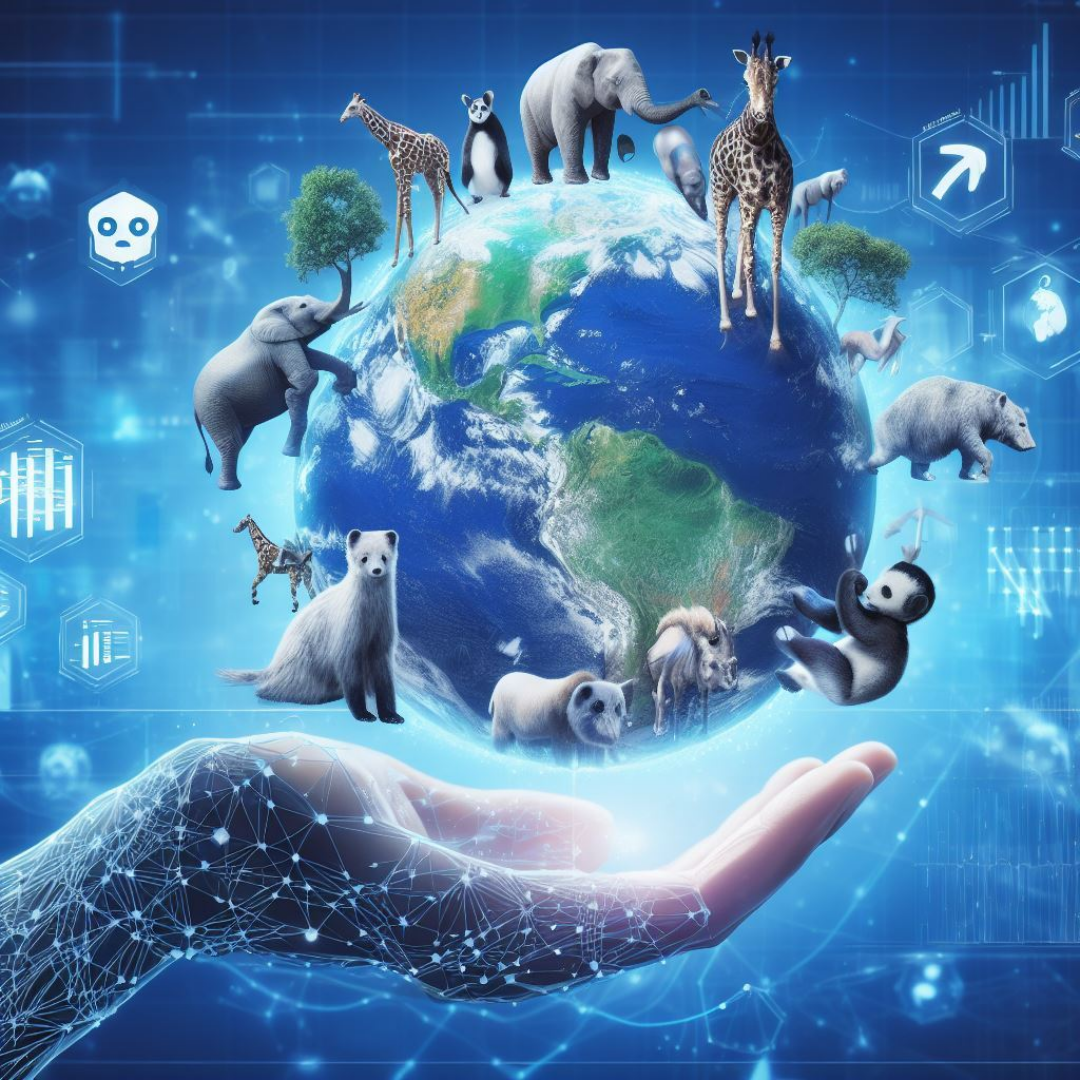Researchers are using artificial intelligence (AI) more and more as a potent weapon in the worldwide battle against biodiversity loss and the preservation of endangered species.

Researchers are using artificial intelligence (AI) more and more as a potent weapon in the worldwide battle against biodiversity loss and the preservation of endangered species.
AI provides the capacity to quickly and efficiently evaluate enormous amounts of real-world data, in contrast to traditional approaches that may be resource-intensive and sometimes harmful to ecosystems.
Carl Chalmers, an expert in machine learning at UK-based non-profit Conservation AI, emphasized the critical role of AI in achieving the United Nations’ targets for safeguarding endangered species. He stated that without AI, these ambitious conservation goals may be out of reach.
Ecologist Jörg Müller and his team at the University of Würzburg, Germany, demonstrated the potential of AI in quantifying biodiversity in tropical forests. They employed AI to analyze animal ‘soundscapes’ in Ecuador’s biodiverse Chocó region. By placing recorders in different forest plots representing various stages of recovery, they successfully identified numerous bird, amphibian, and mammalian species from audio recordings.
Furthermore, the researchers employed a convolutional neural network (CNN) – a specific type of AI model – to identify bird species. While the CNN accurately recognized 75 bird species, the model’s dataset was limited. Müller highlighted the need for more training data collected by humans to enhance AI’s capacity for comprehensive species identification.
Conservation AI researchers have developed models capable of analyzing images and footage captured by drones or camera traps. These models can accurately identify wildlife, including critically endangered species, and track their movements. They’ve created a free online platform that allows users to upload images, video, or audio files for automatic analysis.
So far, Conservation AI has processed over 12.5 million images and detected more than 4 million individual animal appearances across 68 species. The platform’s high-speed data processing capability offers conservationists a powerful tool for swiftly responding to threats such as poaching and fires.
AI’s applications extend to modeling the impacts of human activities on ecosystems and reconstructing historical environmental changes.
Researchers have utilized AI to uncover how a century of environmental degradation in a freshwater ecosystem contributed to biodiversity loss. By combining genetic material data from sediment layers with climate and pollution information, AI identified key factors responsible for biodiversity decline.
Nicolas Miailhe, founder of The Future Society, emphasized that while AI can accelerate discoveries, human expertise remains essential for designing models and interpreting data. He underlined the need for rigorous environmental impact assessments to be integrated into AI risk management.
AI is proving to be a transformative force in biodiversity conservation efforts, offering unprecedented capabilities in sound analysis, real-time monitoring, and historical environmental reconstruction. As AI continues to advance, it holds the promise of revolutionizing the way we protect endangered species and preserve our planet’s rich biodiversity.